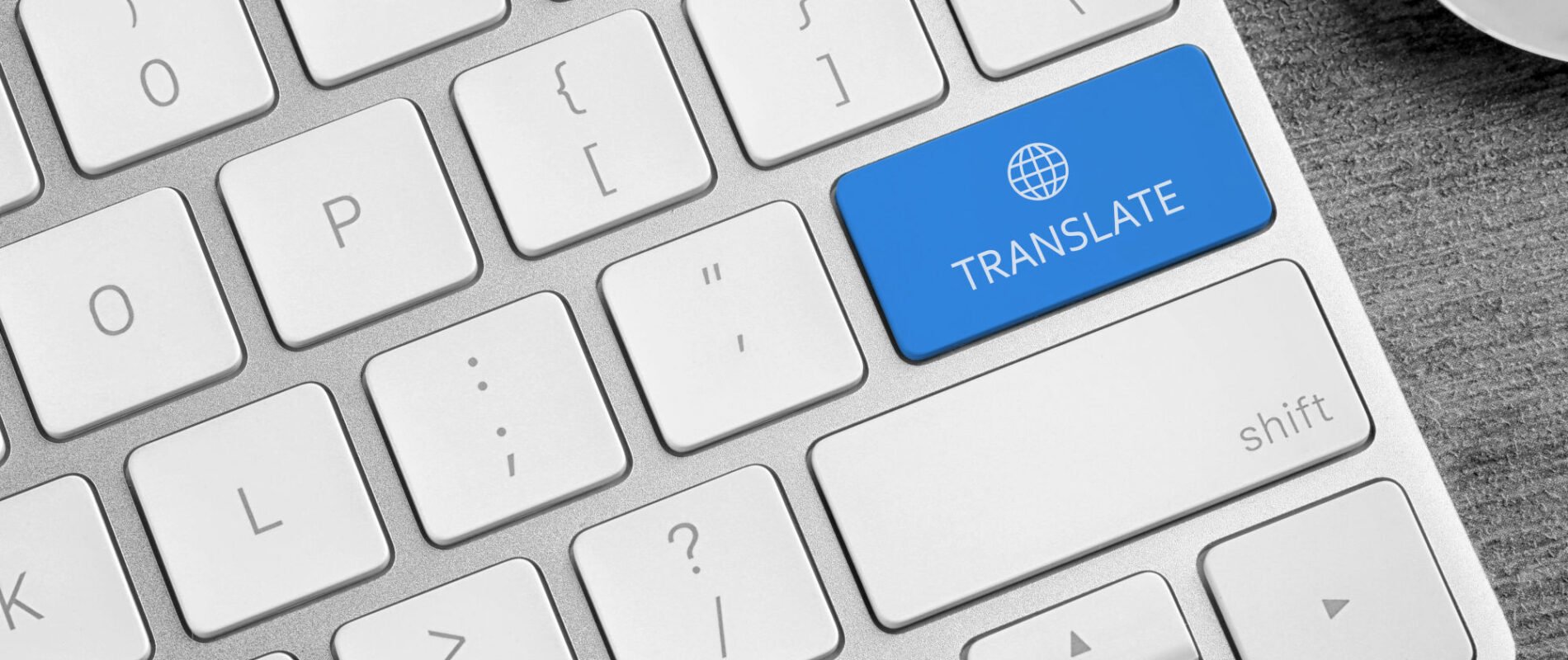Securing intellectual property rights in Portuguese-speaking countries like Brazil and Portugal requires precise patent translations. While clients often focus on the per-page rate quoted by translation agencies, several hidden costs can significantly inflate the total expense. These costs arise from the unique linguistic and legal requirements of Portuguese-speaking jurisdictions, making them critical for clients, especially Chinese businesses expanding into these markets, to understand. This article explores these hidden costs, offering insights to help clients budget effectively and ensure their translations meet all necessary standards.
Certification Requirements
A major hidden cost in patent translation is the need for certified translations, which are typically required for submissions to patent offices. Certified translations include a certificate verifying the accuracy and completeness of the translation, often signed by a sworn translator or notarized. Some agencies, like U.S. Language Services, include certification in their $39 per-page rate for patent translations, while others may charge extra. Clients must confirm whether certification is included in the quoted price, as additional fees can significantly impact the budget. In some cases, further notarization or legalization may be required, adding to the cost.
Translation Requirements for European Patents in Portugal
Validating a European patent in Portugal involves a specific requirement that increases costs: the entire patent specification must be translated into Portuguese. Unlike countries in the London Agreement, which only require translating the claims, Portugal mandates a full translation, including the description and drawings, as noted by J A Kemp. For an average PCT patent application with 9,400 words, this can result in thousands of dollars in translation costs. Clients unaware of this requirement may underestimate their budget, facing unexpected expenses compared to jurisdictions with less stringent rules.
Differences Between Brazilian and European Portuguese
Portuguese has two main variants—Brazilian and European Portuguese—with differences in vocabulary, grammar, and legal terminology. As highlighted by Ulatus, Brazilian Portuguese is influenced by South American indigenous languages, while European Portuguese adheres to a more standard form. For patents filed in both Brazil and Portugal, clients may need separate translations or careful adaptation to meet each country’s patent office standards. This can increase costs, requiring translators specialized in each variant or additional reviews. Chinese clients, unfamiliar with these nuances, might assume one translation suffices, risking legal issues or rejected filings.
Moreover, patent translation demands more than linguistic fluency; it requires expertise in the invention’s technical field. Patents span industries like biotechnology and mechanical engineering, each with specialized terminology. Translators with both Portuguese proficiency and technical knowledge are essential to avoid errors that could invalidate a patent. Such experts often charge higher rates, as noted by GTE Localize. Opting for general translators to save costs can lead to inaccuracies, necessitating costly revisions. Investing in specialized translators is crucial for ensuring translation quality and legal compliance.
Additionally, the patent prosecution process often involves multiple stages, such as responding to office actions or amending claims, which may require further translations. For instance, PatHUBlatam notes that Brazil’s PCT national phase filings require translations of amendments. These additional translations can accumulate, especially if multiple revisions are needed. Clients should budget for these costs and consider using translation memory tools to reuse previously translated text, reducing expenses. Tight filing deadlines may also incur rush fees, further adding to the cost.
Accuracy in patent translations is also critical, as errors can lead to legal disputes or patent invalidation. Reputable agencies, such as RWS, employ rigorous quality assurance processes, including reviews by a second translator or technical experts. These steps ensure compliance with legal and technical standards but increase costs. Clients should inquire about quality control measures and their impact on pricing. While these processes raise expenses, they are essential to avoid costly mistakes from submitting inaccurate translations.
Conclusion
When hiring Portuguese translators for patent translation, clients must account for hidden costs beyond the per-page rate, including certification fees, Portugal’s full-translation requirement, differences between Brazilian and European Portuguese, specialized translator expertise, additional translations during prosecution, and quality assurance processes. For Chinese businesses targeting Portuguese-speaking markets, understanding these costs is vital for effective budgeting and protecting intellectual property. By planning ahead, selecting transparent translation services, and leveraging tools like translation memory, clients can manage costs while ensuring their translations meet all necessary standards.
Struggling with the complexities of Chinese-to-Portuguese patent translation? Artlangs Translation offers expert, transparent solutions to protect your intellectual property cost-effectively in Brazil and Portugal.











